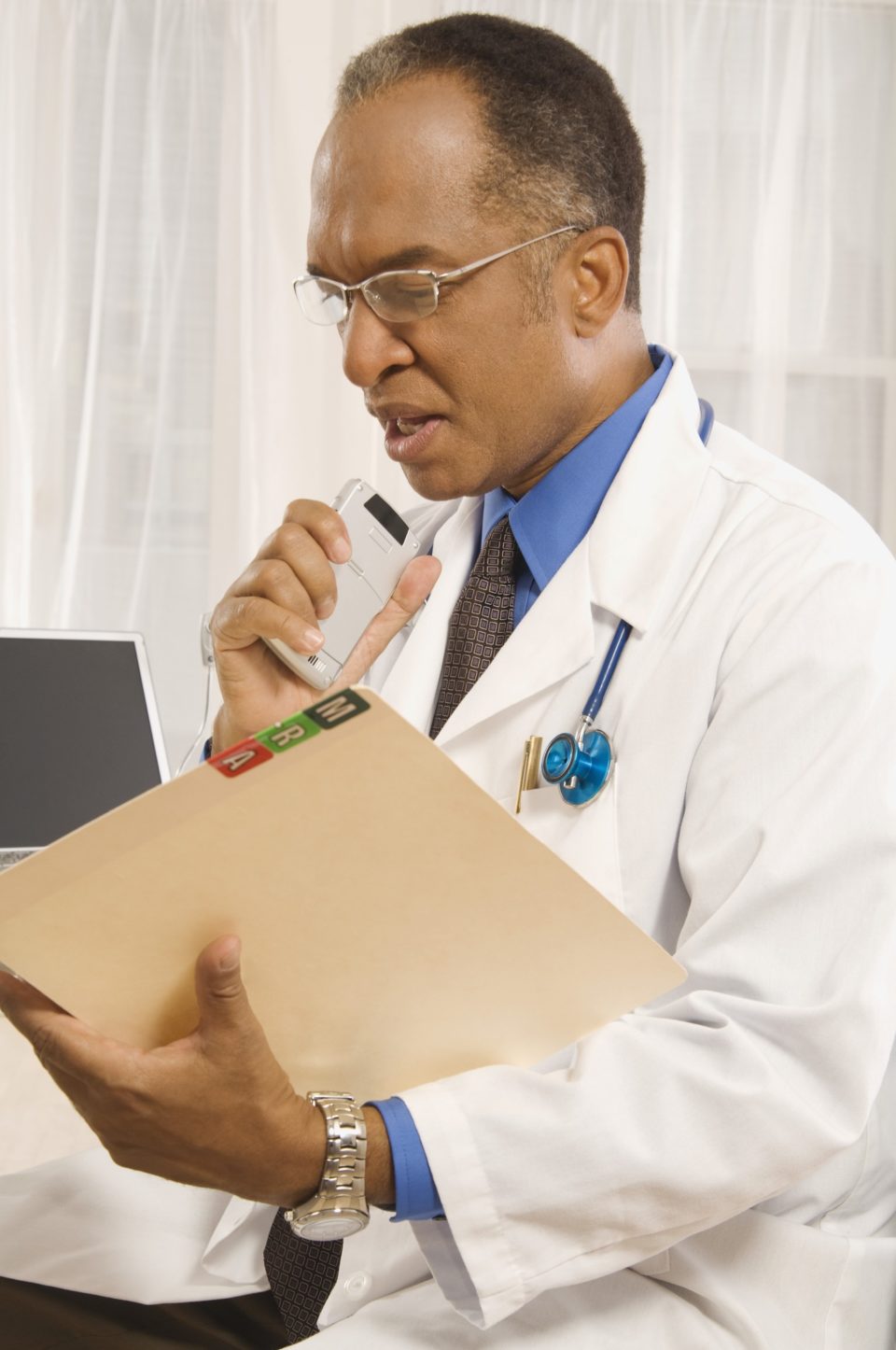
Researchers have recently developed a smartphone solution to improve the collection of data from knee surgeries for research purposes. This system, called the Ortho-MiDaS (Orthopaedic Minimal DataSet) Episode of Care (OME), involves the collection of both patient-reported outcome measures (PROMs) and physician-reported details of the operation. A study found that this smartphone data collection tool showed strong agreement with the traditional chart review data, provided more comprehensive data regarding the operation, and was extremely efficient for physician use. This work was published on July 22 in the Journal of the American Academy of Orthopaedic Surgeons (JAAOS).
Need for Improvement in Surgical Data Collection
Accessible, high-quality data is essential for the advancement of orthopedic surgery. Unfortunately, this important data is often challenging to pull from electronic medical records (EMRs) for statistical analysis. In addition, this process lacks accuracy, with error rates in the extraction of this data from EMRs ranging from 8-23%. Research precision is also limited by the lack of quantitative data in the operative reports composed by surgeons. For instance, some surgeons provide detailed descriptions with measurements and specific anatomical positions, whereas others give a much less detailed, brief description. Late dictation of reports or use of residents in dictation can further decrease the quality of these reports as well.
A Smartphone-Enabled Solution
To improve the collection of data regarding orthopedic operations, a research team created the smartphone-based OME database and data-collection platform. OME is comprised of data from arthroscopic knee operations, including anterior cruciate ligament reconstruction (ACLR), partial meniscectomy, meniscal repair, and combinations of these procedures. This database was created from PROMs and data entered by the physician directly after the procedure.
Patients are to enter their outcome measures immediately before their operation and at the time of peak function afterward. The PROM form is given to the patient on an iPad before their operation to seamlessly integrate this process into the existing clinical workflow.
The physician responded to the OME surgeon form on a hospital-issued smartphone or computer after performing the operation. This mobile application allows the physician to quickly answer questions that provide detail and uniformity in the post-operative note. The data from these OME physician responses were compared to that of the traditional voice-dictated operative notes.
Details of the OME Study
In this work, the researchers recruited a sample of 100 patients, including 94 ACLRs, 58 partial meniscectomies, and 26 meniscal repairs. Their median age was 23 years and 48% were women.
When compared to traditional chart review, the OME smartphone system showed almost perfect agreement for all data tested. The researchers also noted that the OME data was much more comprehensive from the physician. Graft strand number was reported in OME in 100% of the ACLR patients, compared to only 80% in the traditional operative reports. This trend was similar for the reporting of femur and tibial tunnel sizes, with both being reported in 100% of the ACLR patients’ OMEs and in only 85% of their operative reports.
In addition, this OME system integrated efficiently into the surgeon’s workflow, taking an average of two minutes to complete after the operation. The team accredits this to the OME’s branching logic, which maximizes efficiency through drop down menus and smartphone compatibility.
The researchers conclude that the OME data are consistent with current techniques being used and display more comprehensive data. The developers of the system are continuing to enhance the branching logic and data capture of OME.
“This technology could potentially replace standard narrative/dictation-based operative reporting, and transform observational and retrospective orthopaedic clinical research, to a prospective cohort model,” the authors concluded.







 © 2025 Mashup Media, LLC, a Formedics Property. All Rights Reserved.
© 2025 Mashup Media, LLC, a Formedics Property. All Rights Reserved.